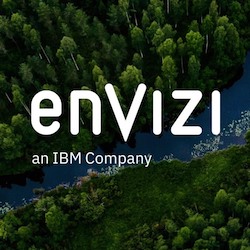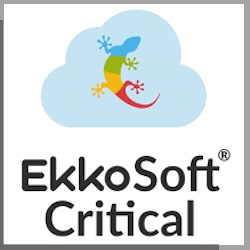In 2023, as the world grappled with unprecedented climate events such as scorching heat waves and devastating floods, both governments and commercial organizations raced to adapt. This has brought to prominence a technology that, until recently, has largely flown somewhat under the radar: location intelligence (LI). Adoption of this technology is surging: According to Forrester data, in 2023, 82% of business and technology decision-makers had either implemented LI capabilities or planned to implement them within the next 12 months.
Of course, LI is not an emerging technology; many industries have been using it for decades. Maturity varies substantially between industries, however, partly due to the relevance of location to the business. The recent surge in investment in location intelligence comes as companies recognize its immense value across a variety of use cases. This technology empowers organizations to strategically map and optimize their supply chains, helps them manage on-time deliveries, and offers crucial agility in navigating disruptions.
Forrester defines location intelligence as: "Technology that leverages the geospatial and relational positions of people and objects, generated from sensors and digital identifiers and enriched with other data, to enable insights-driven decisions and optimize customer experience and operations."
Often, geographic information systems (GISes) and LI are used interchangeably, but Forrester sees these two as distinct, if overlapping, technologies. Geospatial data from a GIS is one component of LI, but LI technologies also use other technologies, tools, and data to derive insights and improve decision-making.
Three Global Trends Are Sparking Investment And Adoption
Forrester’s report on The State Of Location Intelligence outlines three pivotal trends fueling the adoption and investment in this technology amidst a convergence of global challenges. These challenges include weather crises, human-made conflicts, and the pandemic, which has served as a significant catalyst.
- Sustainability concerns drive investment in LI. Global organizations such as the World Bank and the United Nations rely on location intelligence to predict, prevent, and measure progress towards achieving its sustainable development goals. But many companies are spotting an opportunity here, as well. For example, Patagonia is leveraging LI to achieve a climate-neutral supply chain from the farm to the final material in production.
- Global events demand a resilient supply chain. As businesses face evolving threats, exemplified by the blockage of the Suez Canal, pandemics, and conflicts, resilient supply chains are crucial. Location intelligence helps organizations track product lifecycles and footprints, meeting transparency demands and helping them make better product and supply chain decisions.
- COVID-19 opened the door to mass tracking. In January 2020, Johns Hopkins University introduced one of the earliest global maps to monitor COVID-19 cases and fatalities, enabling governments and organizations to openly track population movements for safety. While governments previously employed mass surveillance primarily for counterterrorism, the pandemic has made mass tracking more acceptable for public health and safety reasons.
For further insights into the most significant use cases and their impact on your industry, explore the complete report here. Additionally, request a guidance session to discuss your location intelligence strategy in detail.
Author William Dahlgren is an analyst at Forrester Research. Read more Forrester blogs here.




